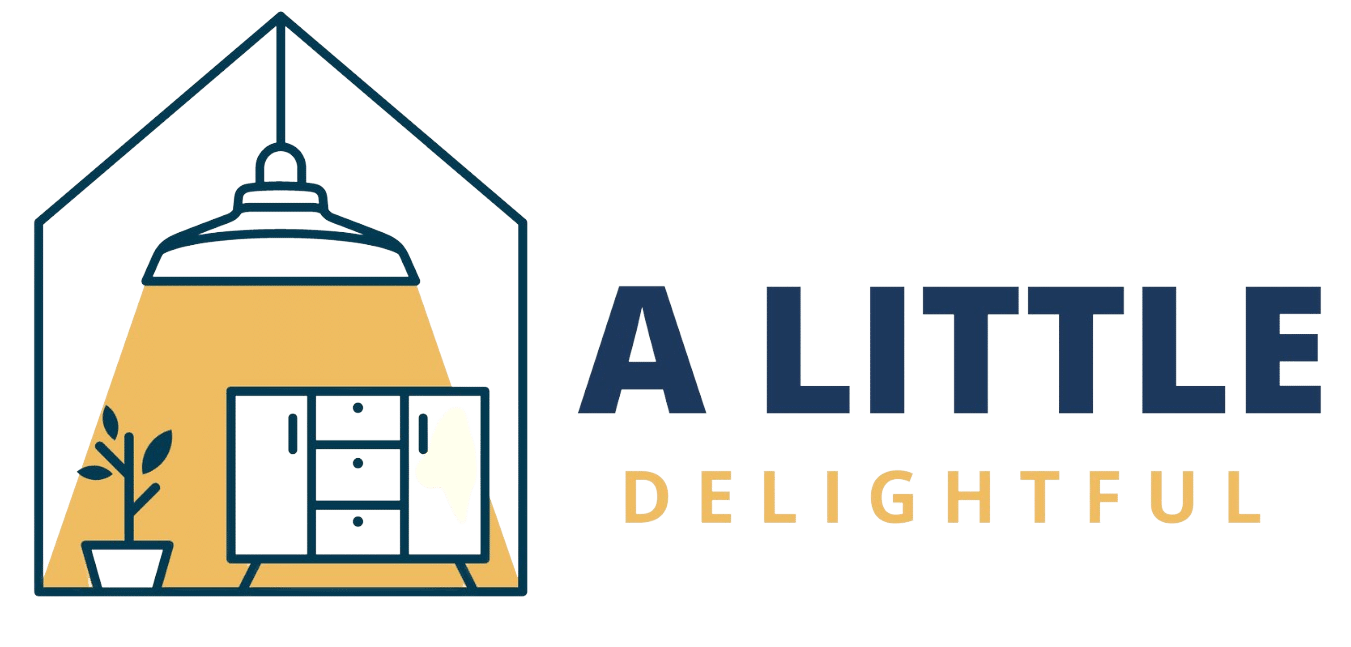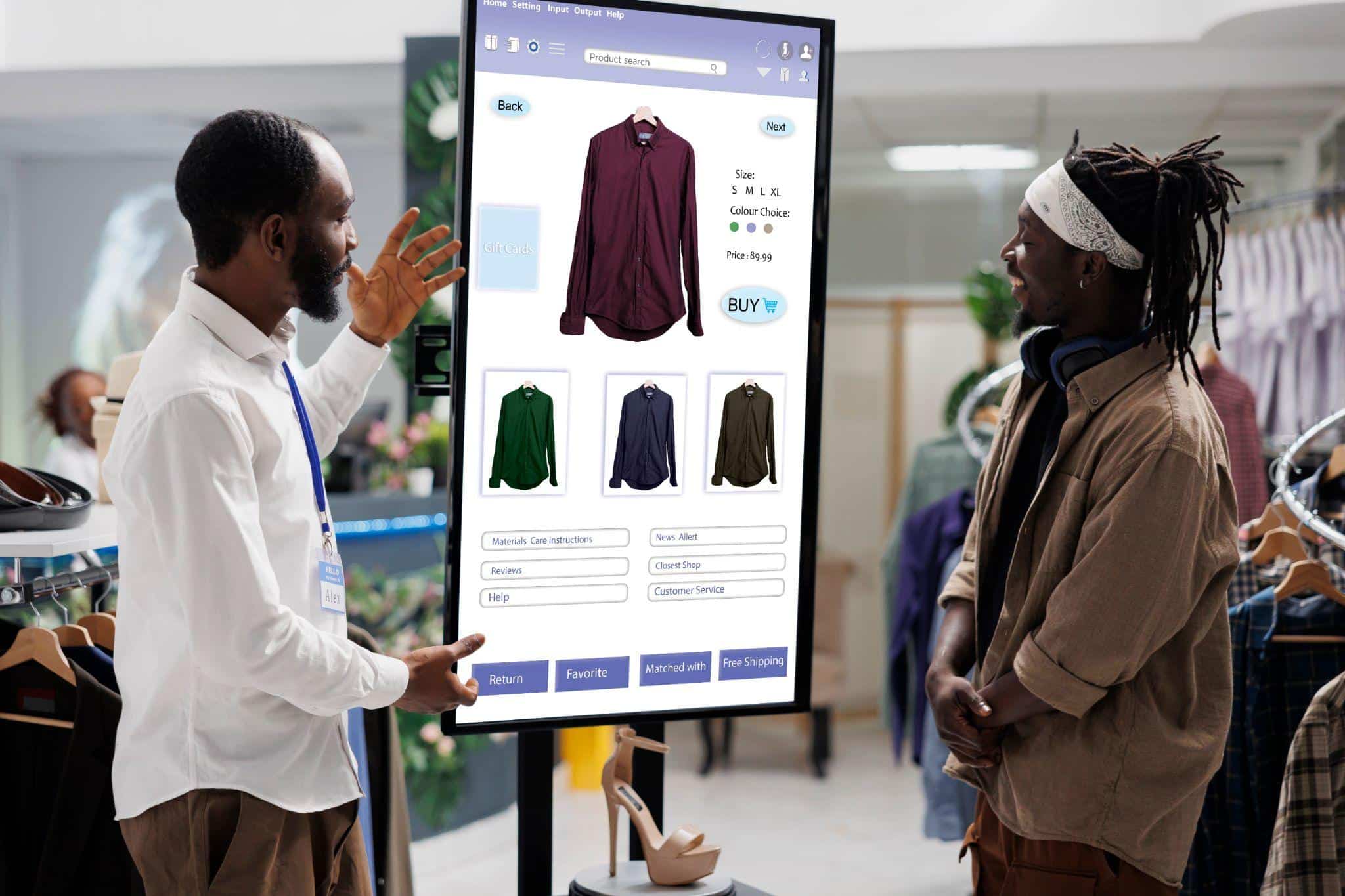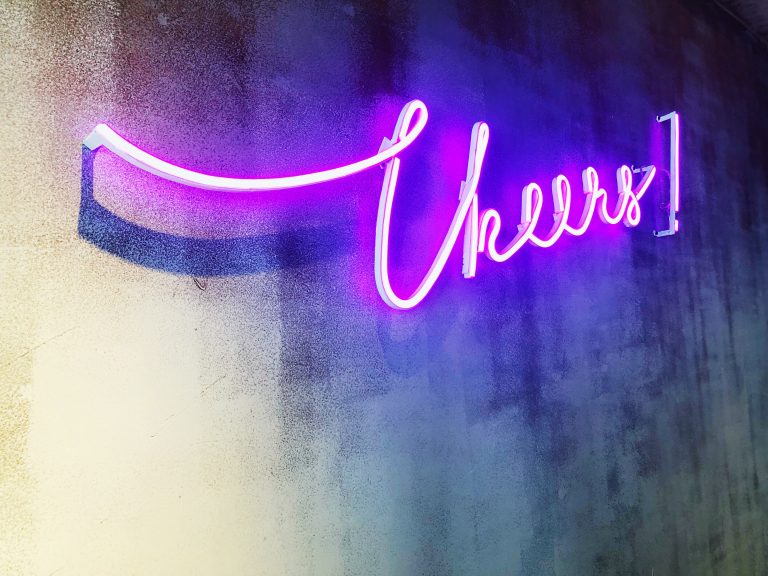The Power of Dynamic Pricing: Using Digital Signage for Happy Hour Promotions
In today’s competitive hospitality landscape, attracting customers during off-peak hours remains a persistent challenge for bars, restaurants, and cafes.
Happy hour promotions have long been a staple strategy, but the traditional static happy hour signs and fixed pricing models are rapidly becoming relics of the past.
Forward-thinking establishments are now embracing dynamic pricing strategies through digital signage to revolutionize their happy hour offerings.
The fusion of real-time pricing adjustments with eye-catching digital displays creates a powerful marketing tool. Much like how food truck menu ideas have transformed the mobile dining experience, dynamic pricing through digital signage is reshaping how establishments approach happy hour promotions.
This article explores how businesses can harness digital signage technology to implement effective dynamic pricing strategies for happy hours, maximizing both customer engagement and profitability.
How Does Weather-Responsive Pricing Transform Happy Hour Success?
The unpredictable nature of weather has always influenced customer behavior in the hospitality industry. On rainy days, patios sit empty, while sunny afternoons see crowds eager for outdoor seating.
Smart businesses are now leveraging this relationship between weather and customer patterns through dynamic pricing displayed on digital signage.
Sunshine Discounts and Rainy Day Specials
Digital signage enables establishments to implement weather-responsive pricing that adjusts in real-time based on current conditions.
Picture this: a sudden downpour begins, and within minutes, your digital displays automatically switch to featuring “Rainy Day Specials” with deeper discounts to entice reluctant customers.
Conversely, during unexpectedly pleasant weather, your signage can highlight “Sunshine Sippers” with moderate discounts that maximize revenue while still attracting customers.
Seasonal Strategy Optimization
Weather-responsive pricing extends beyond daily fluctuations to encompass seasonal strategies. Digital signage allows businesses to program seasonal pricing strategies months in advance while maintaining the flexibility to adjust as needed:
- spring promotions highlighting refreshing cocktails with dynamic pricing based on temperature spikes
- summer happy hours that extend later during heatwaves, with pricing that gradually decreases as temperatures rise
- fall specials featuring seasonal ingredients with prices that adjust based on early sunset times
- winter comfort drink promotions that become more aggressive during snowfall or extreme cold
Can Real-Time Occupancy Tracking Revolutionize Your Happy Hour Strategy?
Perhaps the most powerful application of dynamic pricing comes from integrating occupancy data with your digital signage system. This approach transforms happy hour from a fixed-time promotion to a fluid strategy that responds to actual business conditions.
The Empty Bar Solution
When occupancy falls below target thresholds, digital signage can automatically display more aggressive promotions:
- Tier 1 (0-15% occupancy): “Double Happy Hour” with buy-one-get-one promotions
- Tier 2 (15-30% occupancy): “Flash Sale Happy Hour” with 40-50% discounts
- Tier 3 (30-45% occupancy): “Standard Happy Hour” with 25-30% discounts
The brilliance of this approach is its responsiveness to actual business conditions rather than arbitrary time frames.
Conclusion: The Future of Happy Hour is Dynamic
The integration of dynamic pricing strategies with digital signage represents the future of happy hour promotions.
By responding to weather conditions, occupancy levels, and competitor actions in real-time, establishments can transform the traditional happy hour concept from a fixed discount period to a sophisticated revenue management tool.
The most successful implementations share common elements: they use high-quality digital displays that catch the eye, they connect pricing systems directly to signage for seamless updates, and they maintain a balance between profit optimization and perceived customer value.
FAQ
What hardware do I need to implement dynamic pricing on digital signage?
At minimum, you’ll need commercial-grade digital displays (consumer TVs often lack the durability for business use), a reliable content management system (CMS) for your digital signage, and a point-of-sale system that can handle variable pricing.
For more advanced implementations, you might consider occupancy sensors, integration with weather APIs, and competitive analysis tools. The initial investment typically ranges from $1,500 for a basic single-screen setup to $10,000+ for multi-location advanced systems.
Does dynamic pricing confuse customers or create negative perceptions?
When implemented thoughtfully, dynamic pricing typically enhances customer perception rather than damaging it. The key is transparency and framing — customers understand and appreciate promotions as long as the pricing logic is intuitive.
Problems only arise when pricing changes appear arbitrary or when customers feel prices were raised specifically for them. Digital signage helps mitigate this by clearly communicating the reason for special pricing.
How can I measure the ROI of implementing dynamic pricing through digital signage?
The most effective measurement approach combines multiple metrics:
- Compare revenue during specific time periods before and after implementation
- Track average check size during happy hours
- Measure occupancy rates during traditionally slow periods
- Monitor customer retention rates through your POS or loyalty program
- Calculate labor cost percentage against revenue during dynamic pricing periods
Most businesses see a positive ROI within 4-6 months, with digital signage systems typically paying for themselves through increased happy hour revenue alone.








